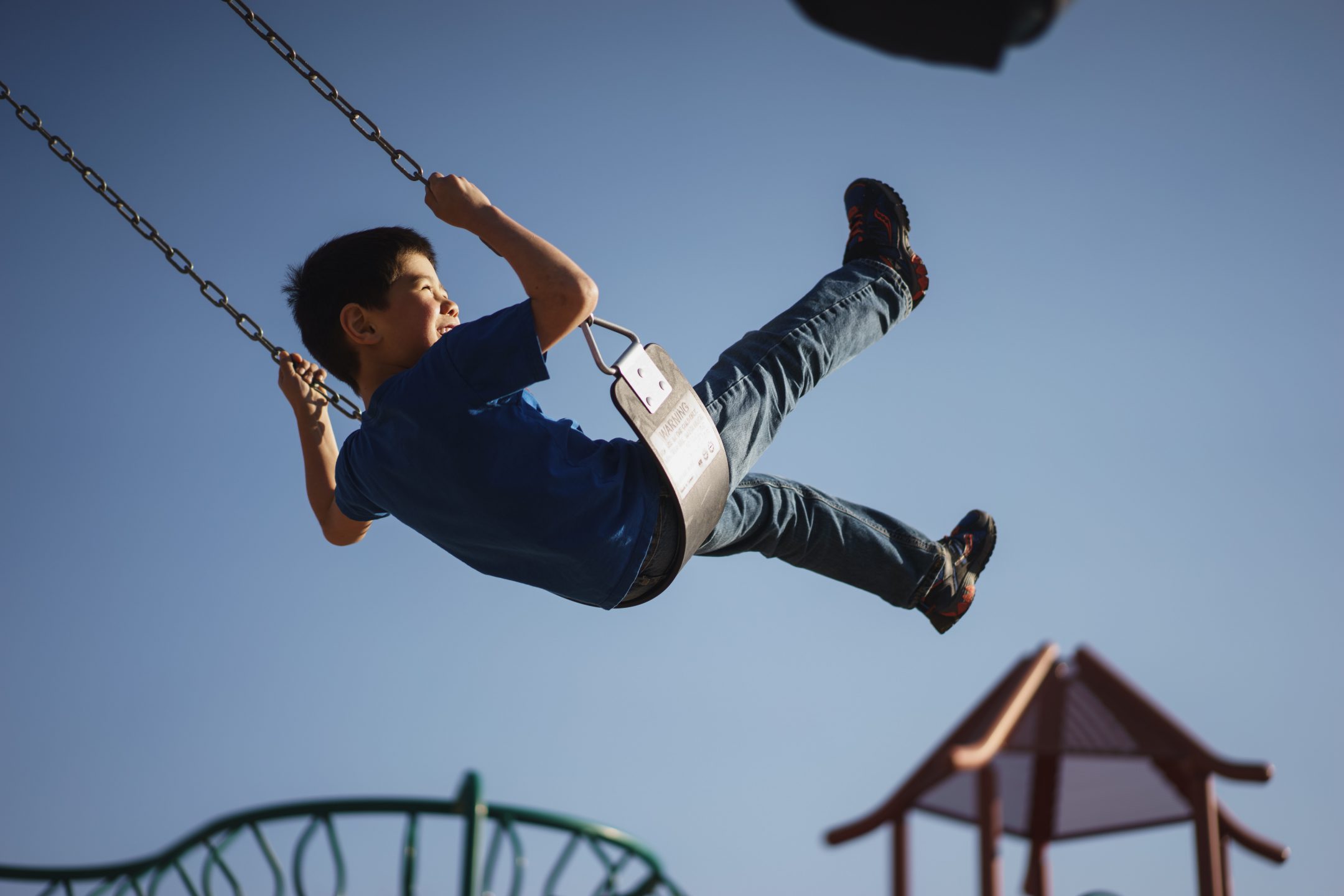Statistics show that 452 people in Canada suffer a serious brain injury every day. This translates to one Canadian suffering a traumatic brain injury every 3 minutes.
Researchers from Pacific Institute for Research and Evaluation in the United States examined specific causes of non-fatal traumatic brain injuries in children to identify areas of prevention and intervention. They found that 72% of brain injuries that resulted in visits to the emergency department were caused by consumer products that are regulated by the U.S. Consumer Product Safety Commission, a government agency that develops uniform standards and promotes the safety of consumer products.
WHAT IS A TRAUMATIC BRAIN INJURY?
Traumatic brain injuries (“TBI”) refer to a disruption in the normal functioning of the brain due to a bump, blow or jolt to the head or a penetrating head injury.
Non-fatal TBIs in children are often caused by falls, motor vehicle accidents, being struck by or colliding with a moving or stationary object, and assault.
Children who suffer from TBIs experience adverse outcomes, including but not limited to impairment in neurological development that impacts their educational performance, memory and adaptive skills. Impairments of this nature can also affect a child’s cognitive, behavioural and emotional welfare, physical well being, interpersonal and social functioning.
In Canada, 30% of all brain injuries are suffered by children and youth. Those that survive a brain injury are, unfortunately, three times more likely to experience a second brain injury and are eight times more likely to sustain a subsequent injury as a result of their initial injury.
CHILD BRAIN INJURY STUDY
A new study published in the journal entitled Brain Injury examined children up to 19 years of age who suffered non-fatal traumatic brain injury related emergency department visits in the United States from 2010 to 2013. The researchers examined children who suffered mild or moderate TBIs that are often associated with symptoms that include headaches, dizziness, memory difficulties, sleep disruption and changes of mood.
The study found that 72.2% of all TBI-related emergency department visits and hospitalizations amongst children and adolescents up to 19 years of age are attributed to the use of various consumer products. The types of consumer products associated with children who suffered TBIs depended upon their age group.
Children aged 5 to 19 years often suffered TBIs as a result of sports or recreational products. Bicycles were the leading product associated with TBIs in children aged 5 to 9 years, and footballs followed by basketballs were the most prevalent consumer products related to TBIs in adolescents aged 10 to 19 years.
Infants and young children up to the age of 4 most often suffered TBIs from home furnishings and fixtures, such as beds.
Beds were found to be one of the leading products that resulted in TBIs amongst children. Infants were found to have suffered falls when placed on beds or other furniture. Bunk beds were also found to be dangerous resulting in children falling from top bunks while they slept or played and suffering a TBI.
For infants under the age of 1, car seats were found to contribute substantially to TBIs when used as baby carriers or handled inappropriately. There is a great deal of risk of injury if a car seat falls off a high surface.
Floors and stairs also accounted for approximately 11% of childhood TBIs. Uneven flooring and prefabricated stairs were found to contribute to falls and be the leading cause of TBIs in children. Surfaces that were hard or non-resilient, such as asphalt and concrete, were also associated with skull and upper extremity fractures.
RECOMMENDATIONS ARISING OUT OF THE NEW CHILDHOOD STUDY
Given the important data arising out of the study, the researchers provided a number of recommendations to prevent childhood TBI injuries. These recommendations include:
- Removing tripping hazards, such as rugs;
- Improving lighting;
- Avoiding hard surface playgrounds;
- Increasing the use of home safety devices, such as stair gates and guard rails;
- Installing and using stairway handrails;
- Avoiding the use of prefabricated stairs that can create a tripping hazard;
- Caregiver education regarding the prevention of TBIs in younger children;
- Enforcement of safety rules for games and playgrounds;
- Proper use of safety gear, especially helmets, during games and sports;
- Adult supervision; and
- Education for youth athletes, parents and coaches regarding the risks of TBIs for sports.
CANADIAN STATISTICS REGARDING BRAIN INJURIES
The Canadian Hospitals Injury Reporting and Prevention Program (“CHIRPP”) is a surveillance system that collects and analyzes data from emergency room patients at 11 pediatric hospitals and 8 general hospitals in Canada.
CHIRPP found that ice hockey, physical education classes, sledding and tobogganning were the most common sport and recreational causes for brain injuries for boys aged five to nine years.
Girls aged five to nine years suffered brain injuries most often from ice hockey, sledding and tobogganning, while ringette and horseback riding were the most common recreational causes for brain injuries in girls aged 10 to 19 years.
If you or a loved one have suffered from personal injuries or a head injury as the result of an accident, contact the experienced and award winning lawyers at Cuming & Gillespie LLP today. It is important that you call promptly so we can help you understand your rights and the potential to recover compensation for your injuries. Contact our office online or at 403-571-0555 for a free initial consultation.

